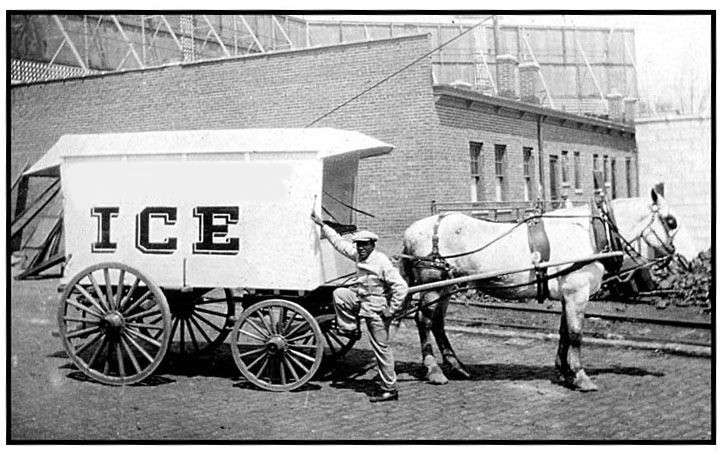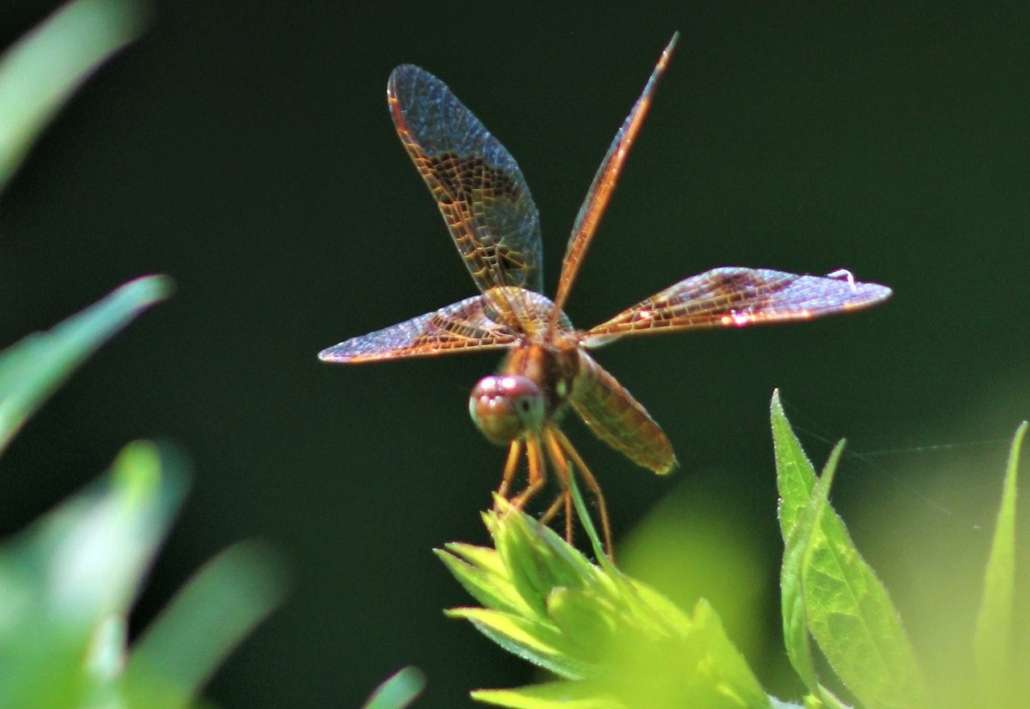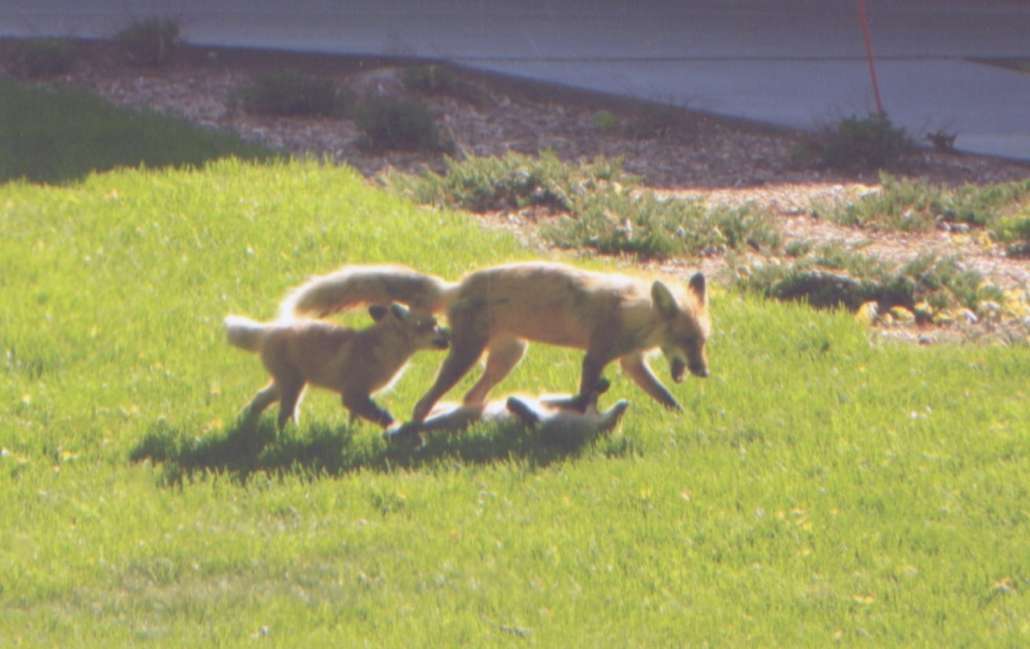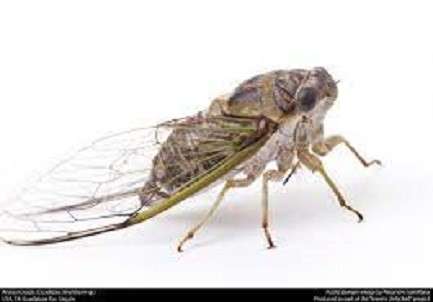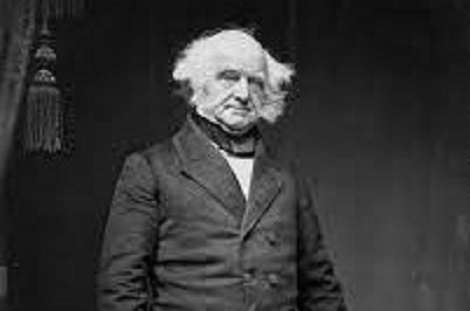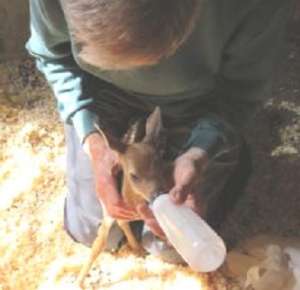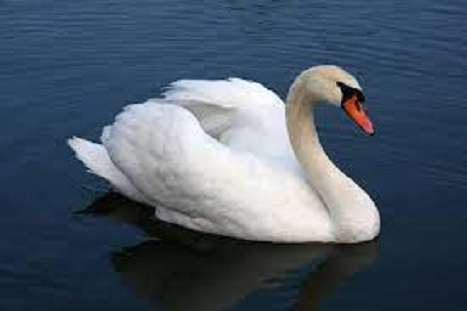SMALL SPACE GARDENING: Hot weather garden woes
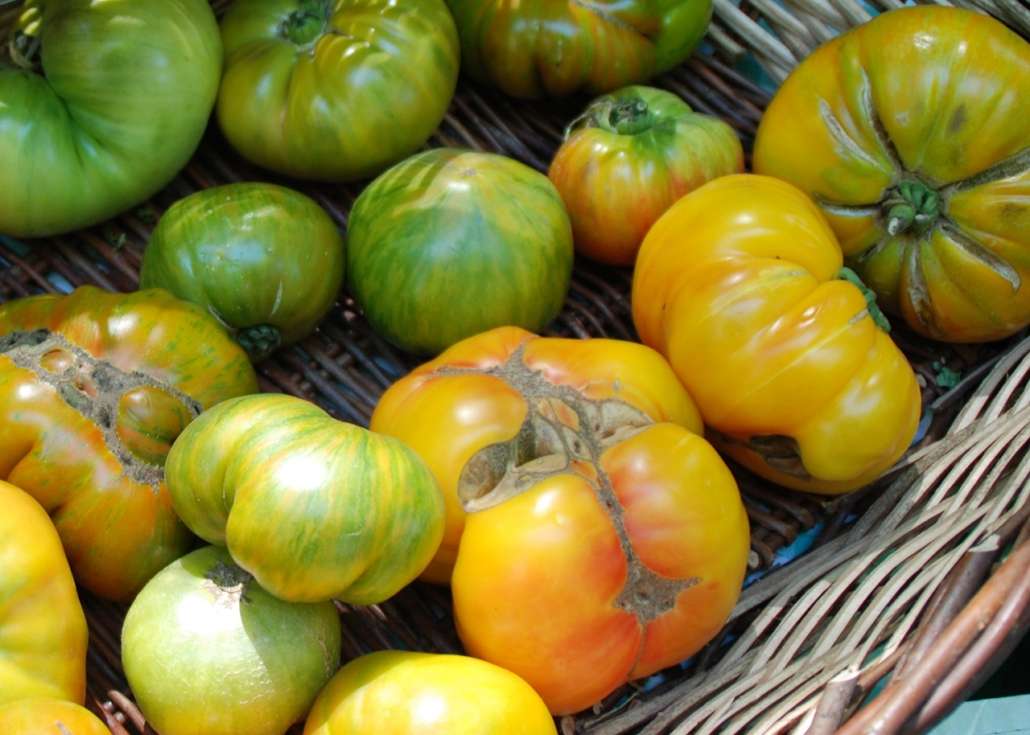
 by Melinda Myers
by Melinda Myers
Poor flowering and misshapen or a lack of fruit on tomatoes, peppers and squash may be due to the weather, not your gardening skills. Temperature extremes can interfere with flowering and fruit set on these and other vegetables in your garden.
We watch for and can’t wait to taste that first red ripe tomato. It is certainly frustrating when we see flowers drop or the plant fails to form fruit. Tomatoes thrive in warm sunny conditions; but temperature extremes can prevent fruiting, cause misshapen fruit, or reduce the size of the harvest.
When daytime temperatures rise above 90°F and night temperatures remain above 70° F blossom drop and poor fruit development may occur. Combine this with low humidity and the pollen is not viable. In hot and humid conditions, the pollen is too sticky and doesn’t move from the male to the female part of the flower. Without pollination the flowers won’t be fertilized, and fruit will not develop.
Cool weather can result in poor fruiting. Night temperatures below the optimum of 59° to 68°F will reduce the amount and viability of pollen that the plant produces. Less viable pollen means fewer fruit will form. Cooler temperatures below 55°F can result in misshapen fruit and catfacing. Fortunately, the malformed fruit is still tasty and safe to eat.
Temperature extremes also impact pepper productivity. When temperatures climb to 95°F or higher the pollen is sterile and flowers may drop. Small fruit may also fall from the plant during such hot spells. Pepper plants also experience poor fruit set when night temperatures drop below 60°F or rise above 75° F.
Tomatoes and peppers aren’t the only vegetables impacted by temperature extremes. Eggplants, a close relative to tomatoes and peppers, do not set fruit until night temperatures are above 55°F. Beans stop flowering or the flowers die when temperatures rise above 85° F.
Flowering in squash and cucumber plants is also influenced by temperature and other environmental factors. These plants produce separate male and female flowers. The male flowers usually appear first and it is not until both the male and female flowers are present that pollination, fertilization and fruit production can occur.
Research found cool temperatures, bright sunlight, and shorter days encourage female flower production while male flowers are more prolific during warmer temperatures, less sunlight and close spacing. Flowering on squash and cucumbers is also impacted by nitrogen fertilization. Too much can prevent female flower formation while insufficient amounts can reduce the number of male flowers.
The simplest solution is to wait for optimum temperatures and the proper humidity levels to return. Once this happens, the plants will begin producing fruit.
If poor productivity related to the weather is a yearly problem, consider planting more heat tolerant varieties, adjust planting times and look for more suitable growing locations.
When the harvest is delayed, extend the season with the help of row covers. These fabrics allow sunlight, air, and water through while trapping heat around the plants. Just loosely cover plants and anchor the edges with stones, boards, or landscape stapes when frost is in the forecast. You can leave the fabric in place for the remainder of the year. Just lift it to harvest and secure the fabric when done.
If this summer’s weather leaves you disappointed with the harvest, remember there is always next year.
Melinda Myers has written more than 20 gardening books, including the recently released Midwest Gardener’s Handbook, 2nd Edition and Small Space Gardening. She hosts The Great Courses “How to Grow Anything” DVD instant video series and the nationally syndicated Melinda’s Garden Moment TV & radio program. Myers is a columnist and contributing editor for Birds & Blooms magazine and her website is www.MelindaMyers.com.


